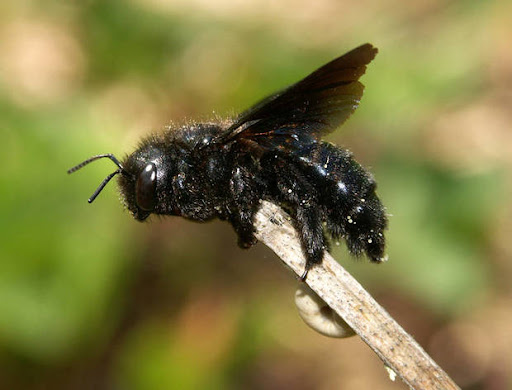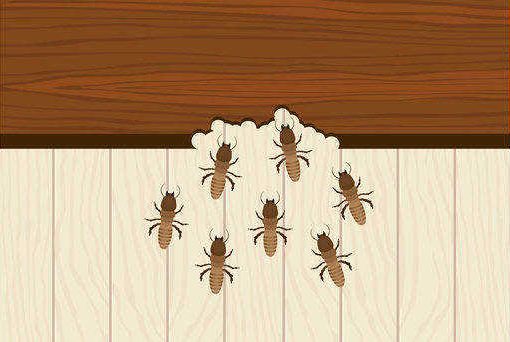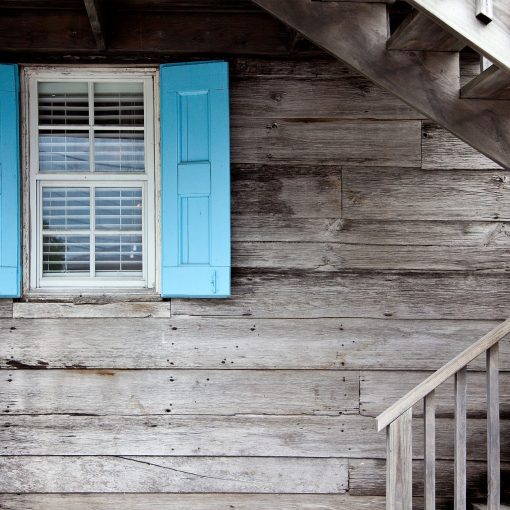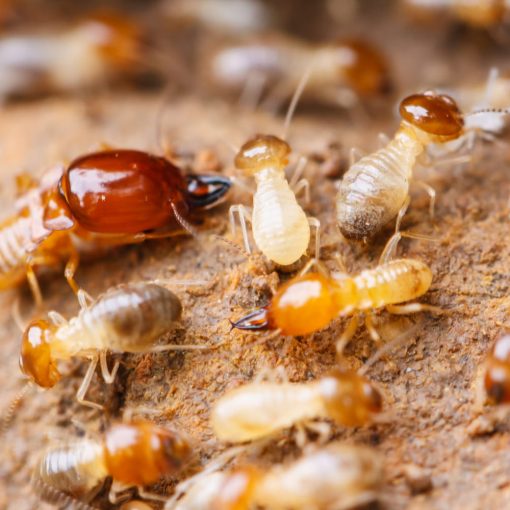L’ abeille charpentière (Xylocopa violacea)
The carpenter bee is also called the purple xylocope or black bumblebee. It belongs to the order Hymenoptera, which is characterised by four transparent wings. With a length of about 3 cm, the carpenter bee is the largest native bee species.
Because of its construction, it is often mistaken for a bumblebee. But unlike the bumblebee, the carpenter bee's wings are not translucent. Under the effect of light, its wings can have a bluish sheen (see photo). The body is black and covered with hair. Males and females are not very different.
Carpenter bees can sting, but they only do so if they are unintentionally disturbed or annoyed. Xylocopa violacea is not aggressive towards people.

Pourquoi l’Abeille charpentière peut s’installer chez vous ?
Rather than establishing colonies with other members of the same species, the carpenter bee builds an individual nest in wooden structures. It nests in trees and in human-built frameworks. The carpenter bee prefers softwoods such as cedar, cypress, fir, pine, coastal redwood and spruce, especially favouring bare wood exposed to the weather. It tunnels into wooden structures such as decks and porches, doors, fence posts, eaves and shingles, wooden outdoor furniture, railings, telephone poles, and window sills.

Doit-on s’inquiéter de la présence d’abeilles charpentières chez soi ?
The manner in which the carpenter bee builds its nest can seriously damage property. When a single carpenter bee digs into a wooden structure to build a nest, the damage is marginal and reduced to the cosmetic damage created by the presence of holes. However, if left untreated, future generations of carpenter bees may reuse the same nests by simply expanding the tunnel network and building new cells to house their eggs. Over time, continued nest expansion can lead to severe structural damage. In addition to damaging the property, the carpenter bee annoys and frightens the owners. Male bees often defend the nest by flying aggressively against intruders. Females can sting, but rarely do.
Le cycle de vie de l’abeille charpentière
The life cycle of Xylocopa violacea consists of 4 stages and lasts about 7 weeks:
- Egg laying and hatching : This phase takes place in the wood galleries dug by the female. Each egg is deposited in a lodge offering a food stock of nectar and pollen to the future larvae.
- The larval stage : The larvae are off-white in colour and between 2 and 3 cm long. They are quite large and noisy.
- The chrysalis : Before becoming an imago, thecarpenter bee goes through the chrysalis stage.
- Adulthood : It is at the end of the summer (generally at the end of August) that the young adults will leave the nest and fly away.





